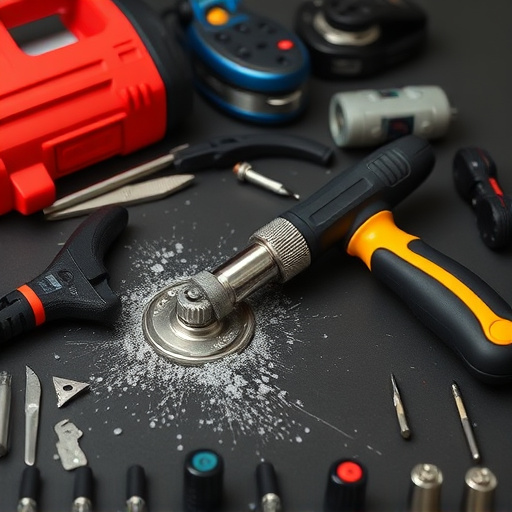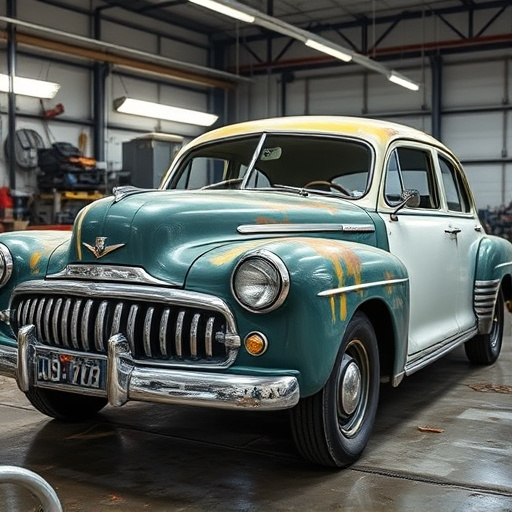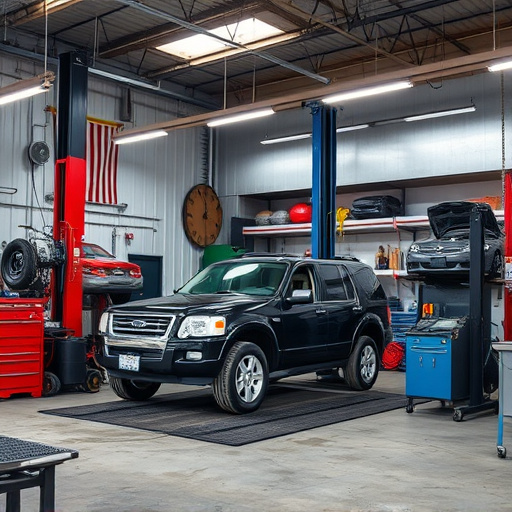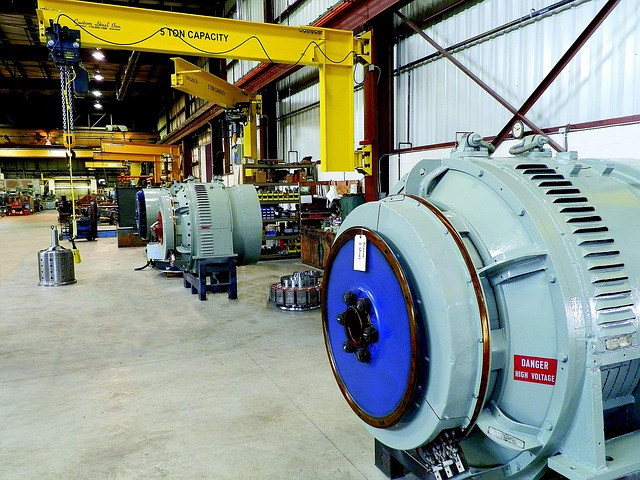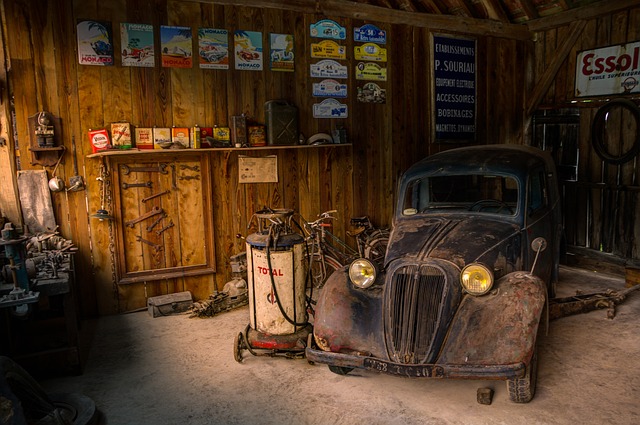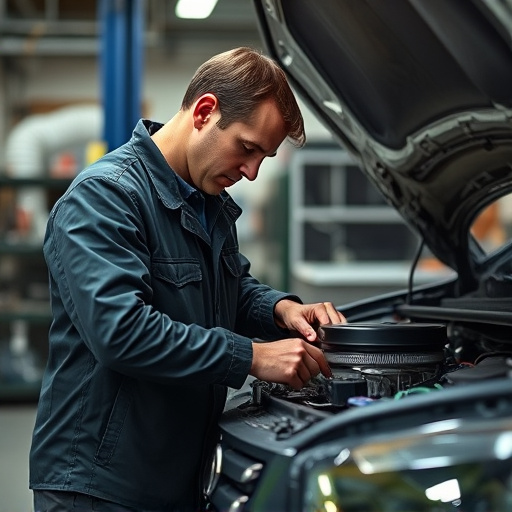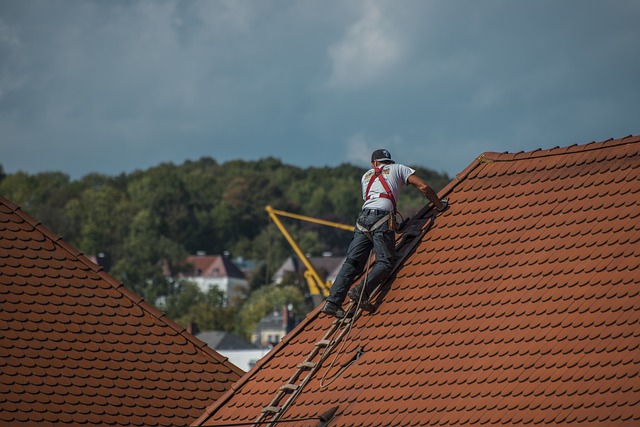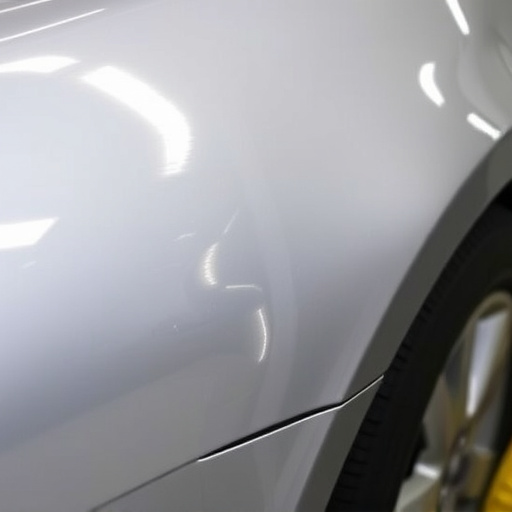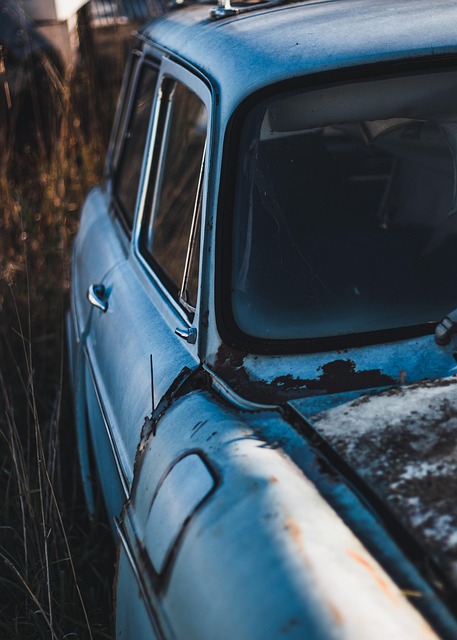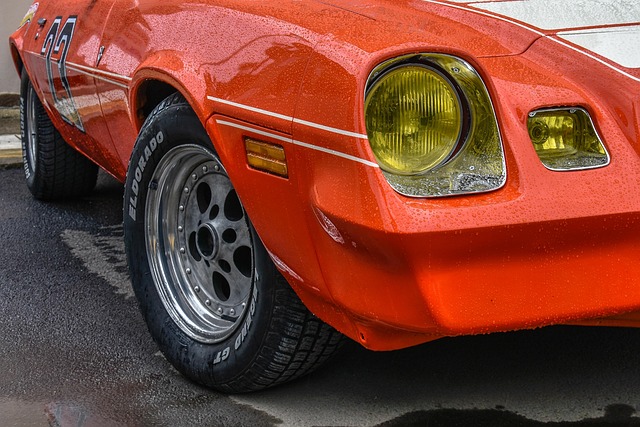Pearl finish restoration, achieved through a layering process of thin paint coats, maintains its popularity across industries despite modern trends. It offers not only classic elegance but also protection against UV radiation and environmental factors. This meticulous process, involving inspection, sanding, priming, and advanced coating application, revitalizes vehicle exteriors while enhancing curb appeal. Highly sought after for luxury cars like Mercedes Benz, pearl finish restoration is favored by both classic car enthusiasts and modern drivers for its captivating shimmer and ability to revive damaged surfaces.
Is pearl finish restoration still relevant in today’s design landscape? Despite modern trends, this classic aesthetic endures due to its timeless elegance. This article delves into the world of pearl finish restoration, offering a step-by-step guide for bringing old surfaces back to life. We explore modern use cases where pearl finish continues to shine, from vintage furniture revitalisation to contemporary home accents, proving its enduring value in the ever-evolving design realm.
- Pearl Finish's Timeless Appeal: Why It Endures
- Restoration Process: Step-by-Step Guide and Benefits
- Modern Use Cases: Where Pearl Finish Still Shines
Pearl Finish's Timeless Appeal: Why It Endures
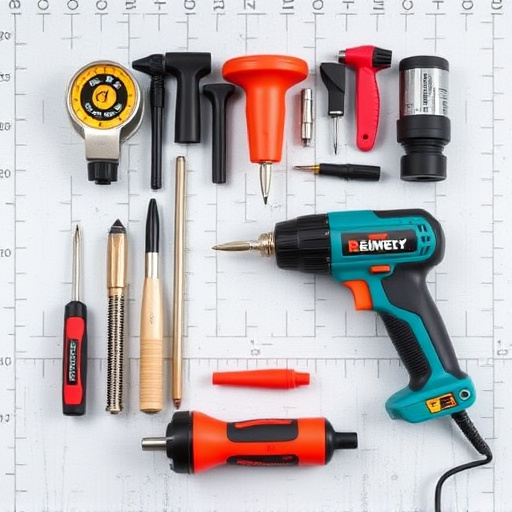
Pearl finish has maintained its timeless appeal for decades, remaining a popular choice in automotive and other industrial finishes. Its unique, lustrous appearance is achieved through a meticulous process that layers multiple thin coats of paint, creating a depth and reflectivity that catches the eye. This technique not only enhances the visual aesthetics but also provides a protective barrier against elements like UV radiation and corrosion.
In an era dominated by modern technologies and trending designs, pearl finish’s enduring popularity is surprising yet significant. Despite advancements in vehicle dent repair and collision damage repair techniques, pearl finish restoration still holds its ground as a sought-after option for those who appreciate classic elegance. For both car enthusiasts and professionals in the vehicle restoration field, pearl finish offers an irreplaceable allure that continues to captivate and inspire.
Restoration Process: Step-by-Step Guide and Benefits
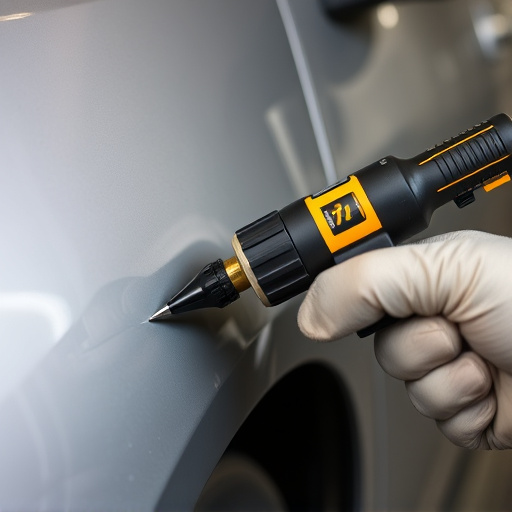
The process of pearl finish restoration involves several meticulous steps designed to revive and enhance the exterior beauty of your vehicle. It begins with a thorough inspection to identify any damages, scratches, or imperfections on the car’s surface. Next, the damaged area is carefully sanded and prepared, ensuring a clean and even base. A specialized primer is then applied to fill in any minor defects and provide a smooth canvas for the upcoming layers.
After priming, skilled technicians meticulously apply the pearl finish coat, utilizing advanced techniques to ensure an even distribution and glossy appearance. This coat not only restores the car’s aesthetic appeal but also provides added protection against UV rays and environmental factors that can cause fading or damage. The final step involves curing and polishing, resulting in a stunning, high-gloss finish that is both durable and eye-catching. Compared to auto body repairs that focus on structural integrity, pearl finish restoration prioritizes the vehicle’s cosmetic enhancement, making it a worthwhile investment for those seeking to maintain or improve their car’s curb appeal through automotive repair services provided by a reputable car body shop.
Modern Use Cases: Where Pearl Finish Still Shines
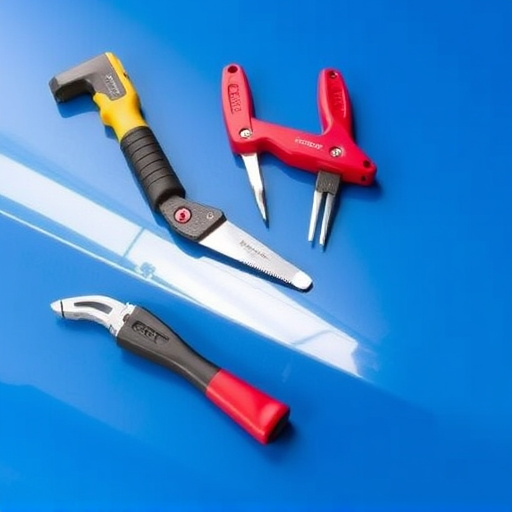
In today’s automotive landscape, where modern finishes and technologies dominate, one might question the relevance of pearl finish restoration. However, despite the advent of advanced coating systems, pearl finish remains a sought-after choice for vehicle owners, especially those prioritizing luxury and style. Modern use cases for pearl finish restoration span beyond traditional luxury cars; it has found its place in collision damage repair and even high-end Mercedes Benz repairs. The intricate beauty of pearl finishes, with their shimmering effects, continues to captivate buyers looking for a unique and elegant touch on their vehicles.
Furthermore, scratch repair specialists often turn to pearl finish restoration as a way to revive damaged surfaces, restoring not just the aesthetics but also the value of the vehicle. Unlike some harsher restoration methods, pearl finish techniques offer a delicate approach to repairing minor scratches, ensuring that the original gloss and depth are preserved. This meticulous process is particularly appealing for those who appreciate the finer details, making it a preferred choice for both classic car enthusiasts and modern vehicle owners seeking to maintain their ride’s distinctive appeal.
Pearl finish restoration remains a valuable endeavor, especially in today’s market where vintage and rustic aesthetics are gaining popularity. The meticulous process not only breathes new life into old surfaces but also offers a unique visual appeal that complements both traditional and contemporary design themes. By following the step-by-step guide outlined in this article, you can master the art of pearl finish restoration, ensuring its enduring beauty for years to come. Embrace the timeless appeal of pearl finish and elevate your spaces with this classic technique.
